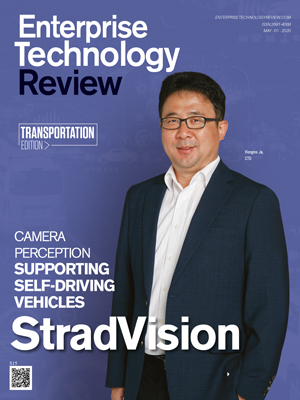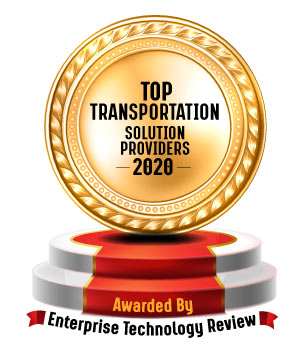 Junhwan Kim, CEO,StradVision
Junhwan Kim, CEO,StradVisionThe uniqueness of SVNet comes from its size and flexibility - the deep learning-based software is extremely lightweight and optimized to each hardware to detect objects swiftly and accurately.
Also, the software can be used with a combination of any automotive grade cameras and chipsets, which gives automakers ample legroom to design their upcoming vehicles accordingly.
The software can enable advanced functions such as Automatic Cruise Control, Automatic Emergency Brake, Adaptive Cruise Control, Automatic Parking Assist, and much more, directly affecting the driver's driving experience and safety.
The small size of the deep neural network is practically and technically significant because it affects whether if the cutting edge technology will be available to everyone or not.
For example, this year, an average investment that goes into a mass-market ADAS vehicle is 250 dollars and because of the limited budget, automakers must squeeze in all ADAS components from sensors, software, etc. within that range.
Consequently, chipsets like these do not have a lot of legroom when it comes to sophisticated software, especially one based on deep learning, and this is where we excel.
-
We are sticking to the fundamentals to be the leader in deep learning-based camera perception
To add to this, we at StradVision believe that the mass-market automotive consumers will not invest a couple of thousand dollars just to get a sophisticated ADAS option now and in the near future as well.
That's why StradVision from the get-go designed SVNet to be extremely lean and light to fit into market-realistic automotive-grade chipsets with safety and reliability in mind.
One thing to note is that the market, for now, is dominated by a full-stack company that offers a 'one size fits all' solution, from hardware to software - automakers are adjusting to it rather than the other way around.
To overcome this situation, leading global automakers are looking for a solution that is flexible, modular, and customizable, that they can utilize to their unique needs and requirements.
This directly affects the bottom line for the automakers because, with each different model, they can completely customize the ADAS vehicle's setup from hardware to software and the investment could be reduced by more than half.
To make this happen, squeezing an extremely complex deep neural network to fit into the market-realistic hardware, by trimming the network down to a bare minimum size, much smaller than a typical smartphone app, is a herculean task.
Furthermore, since the software directly deals with safety and a matter of life and death for not only the driver but also the pedestrian, SVNet must meet a series of rigorous functional safety requirements mandated by both the government and market.
For example, StradVision received Automotive SPICE CL2, which is a rarity for a deep learning-based software, for the European market and passed the Guobiao required by the Chinese government.
StradVision is continuously optimizing and advancing our software, SVNet, while adding advanced features detecting: children, gender, animal, etc., as well as predicting pedestrians and vehicle movements.
Because of these technical flexibility, performance, and accessibility, there are 9 million vehicles planned in the production pipeline with their ADAS camera-perception powered by SVNet.
StradVision is sticking to the fundamentals and is on our way to realizing our dream to bring the most sophisticated camera and AI-based solution to everyone.
|
Share this Article:
Tweet
|
Top










